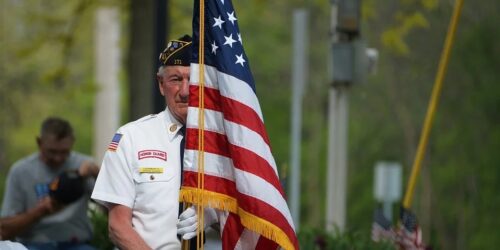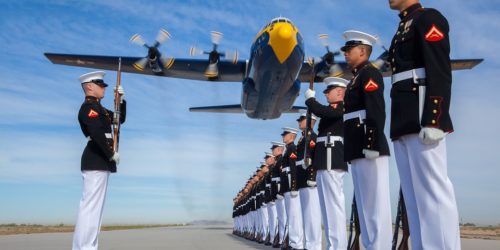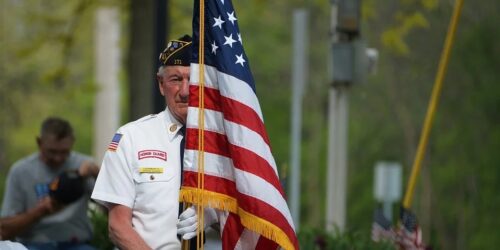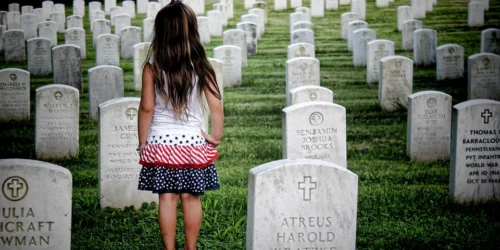Honoring the Fallen on Memorial Day
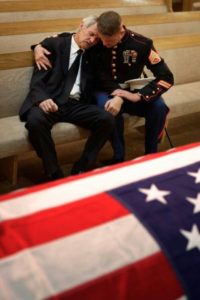 While the first commemorative Memorial Day events weren’t held in the United States until the late 19th century, the practice of honoring those who have fallen in battle dates back thousands of years. I enjoyed researching Memorial Day this week. Here is an article I found interesting about 8 things you may not know about Memorial Day. It began as Decoration Day in 1866 after the Civil War had ended in the U.S. It was not recognized as a National holiday, however, in the United States until 1971. Some people did not like the term holiday being used for this time of remembering those lost in battle, It is the soberest of holidays, in the minds of many who feel it deserves more reverence and respect.
While the first commemorative Memorial Day events weren’t held in the United States until the late 19th century, the practice of honoring those who have fallen in battle dates back thousands of years. I enjoyed researching Memorial Day this week. Here is an article I found interesting about 8 things you may not know about Memorial Day. It began as Decoration Day in 1866 after the Civil War had ended in the U.S. It was not recognized as a National holiday, however, in the United States until 1971. Some people did not like the term holiday being used for this time of remembering those lost in battle, It is the soberest of holidays, in the minds of many who feel it deserves more reverence and respect.
Memorial Day is a day of remembrance, a day of gratitude, and a day of reflection for many of us. For others, it is a day off work, a time to picnic and a celebration the first glimmer of summer. For some of us, it is the day to remember all of our deceased family and friends, a day to visit the cemeteries and leave flowers at the grave sights of our loved ones. Other do both and picnic in the cemeteries! For those of us that are genealogists, we might even go into Find-A-Grave and leave virtual flowers to honor our deceased ancestors. Over the years Memorial Day has evolved and changed. Some people meld their thoughts about Veterans Day and Memorial Day into just feeling gratitude for those who have served or are still serving in the military forces, in any conflict where our freedoms have been fought for or protected.
I heard a very heartwarming podcast this week on Amy Johnson Crow’s website. In this article and podcast, she discusses repatriation, a program that is helping to find, identify, and bring home the remains of some of the estimated 28,000 deceased men and women that never returned from their military service. Amy interviews, Megan Smolenyak, who serves as the genealogist appointed by the US Army to work on the initiative “No Soldier Left Behind.” All the branches of the military participate in repatriation each choosing their own genealogist. The US Army was hit the hardest when 85% of their records (1912-1960) were destroyed in a fire in St. Louis in 1973. Megan shares how she goes about connecting families to their deceased family members all these years later, with research and DNA. Her work and stories are fascinating.
I think most of us that are involved in family history would agree that this work raises our consciousness about these battle casualties, as we get farther back in our research. While I used to just think primarily of my father and uncles who served, now I think of our ancestors and living relatives that have fought in every conflict back to the Revolutionary War up to Iraq. It’s mind-boggling and sobering at best. This is just one more very big way that our ancestors’ sacrifices have bettered our lives and what freedoms we enjoy today. To honor their memories by sharing their stories and records is a small effort by comparison. Most countries around the world have specific ways they honor their fallen soldiers. It is just a wonderful thing to respect them and to be grateful to them.
The Family History Guide can help you a lot if you are looking for military records in specific localities. If you want to learn more about military records in general, go to Topics on the Home page under the Intro drop-down menu, for military records in the United States. Also, you can go to the Countries menu on the Home- page for a country or region of interest. Look in the header area across the top for the Military Records link that highlights military records for that specific country. Of course, not all country pages have military records listed because not all countries make those records available to the public online.
The wonderful thing about The Family History Guide is you can find most things you need to begin your search right on the website. There is no need to be going from place to place trying to find what you need. QUIKLinks are available in many country pages that will take you directly to search screens for military records in FamilySearch, Ancestry, MyHeritage, or Findmypast. Don’t forget you can also go to the Search Bar on the Homepage to do a Google Search within The Family History Guide. The search results can take you to even more articles and information!
Here is a sample collection of QUIKLinks from The Family History Guide, taking you directly to record searches for U.S. military records for World War II. In the list below, FS is for FamilySearch, and AC is for Ancestry. The “More” links take you to description pages for the specific FamilySearch records. Many additional QUIKLinks are available in The Family History Guide.
QUIKLinks
- FS: WWII Army Enlistment Records, 1938-1946 (More)
- FS: WWII Draft Registration Cards, 1942 (More)
- FS: WWII Prisoners of War, 1941-1945 (More)
- AC: WWII Navy Muster Rolls, 1938-1949
- Fold3: WWII Navy, Marine Corps, Coast Guard Casualty List
- AC: U.S. WWII Military Personnel Missing In Action or Lost At Sea, 1941-1946
- AC: World War II Japanese-American Internment Camp Documents, 1942-1946
- AC: U.S. World War II Young American Patriots, 1941-1945
